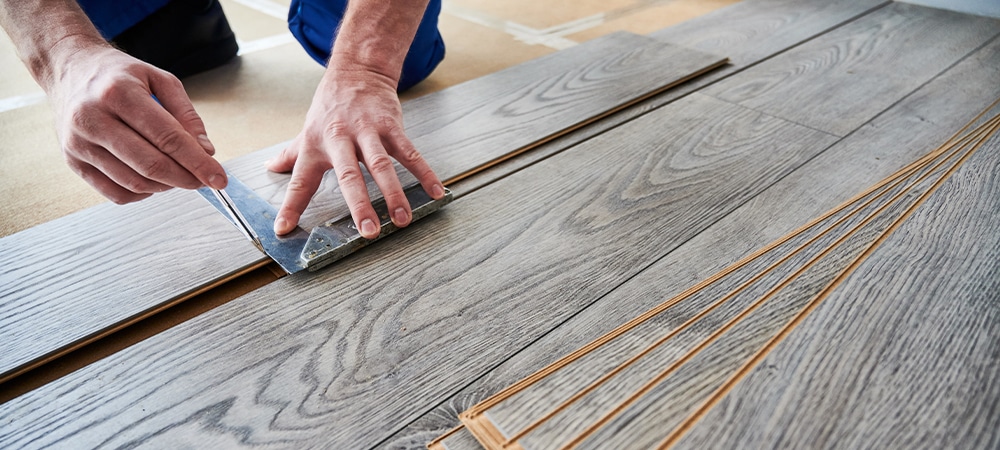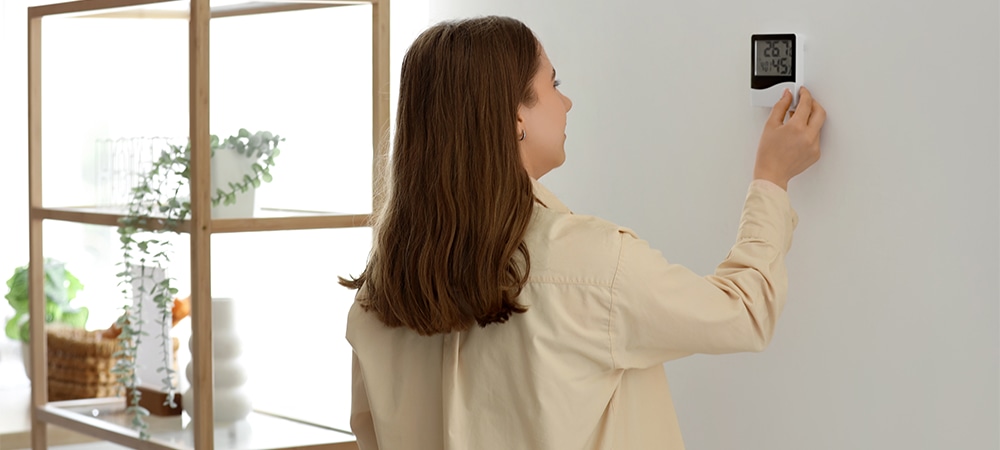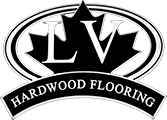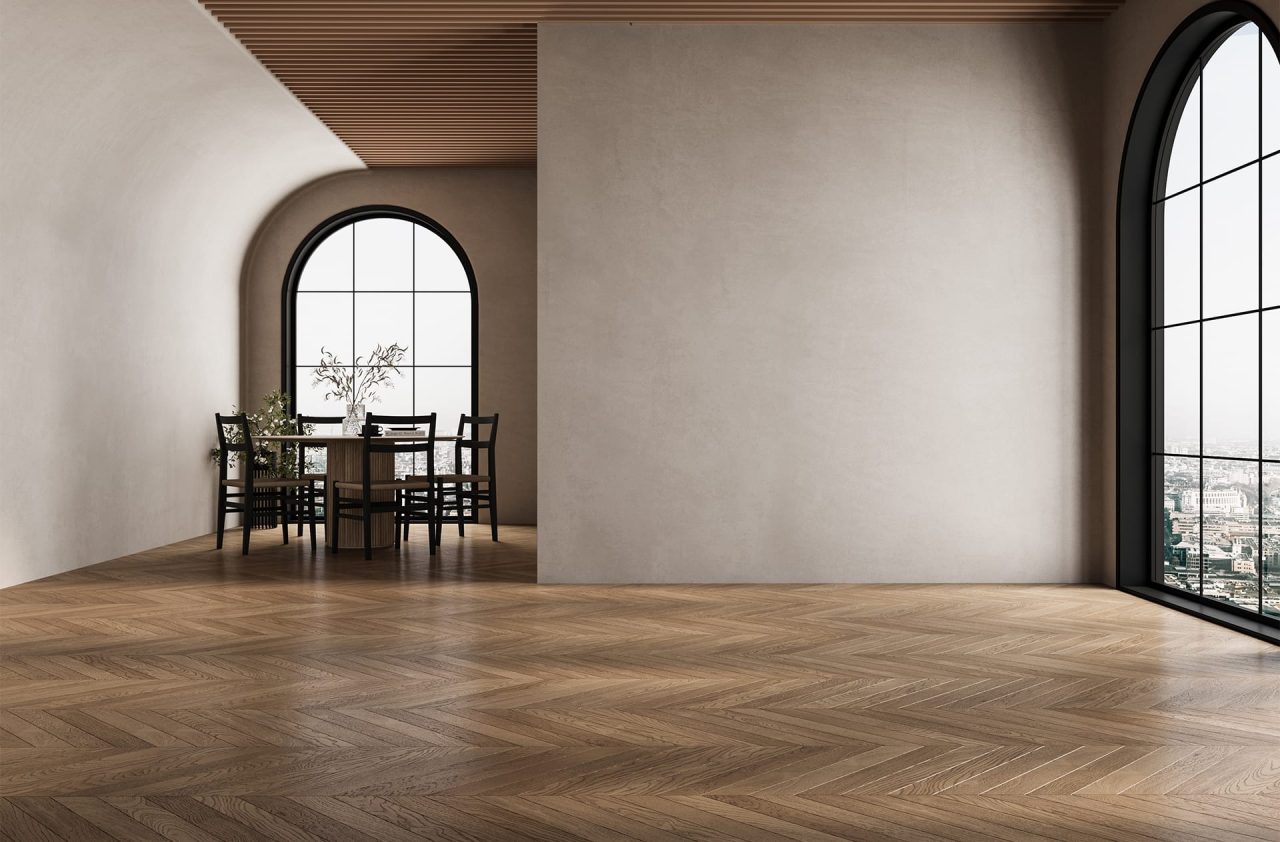Hardwood flooring has long been admired for its timeless beauty, warmth, and natural elegance. It effortlessly elevates the ambiance of any space, adding a touch of sophistication and character that few other flooring options can match. However, homeowners in humid climates often hesitate to embrace hardwood, fearing the potential damage caused by moisture and fluctuating humidity levels.
Concerns about warping, cupping, or gapping are valid, but they shouldn’t deter you from enjoying the beauty of hardwood in your home. At LV Hardwood Flooring, we understand the unique challenges posed by humid environments, and we’re here to guide you through selecting, installing, and maintaining hardwood floors that can thrive even in the face of moisture.
Understanding the Challenges of Humidity
Hardwood, being a natural material, is inherently sensitive to changes in moisture levels. In humid climates, where the air carries a higher water vapor concentration, hardwood floors can absorb excess moisture, leading to expansion. Conversely, in dry conditions, hardwood releases moisture and contracts. This constant fluctuation in size can cause several issues if not properly managed.
Warping
Warping refers to the twisting or bending hardwood planks due to uneven moisture absorption. It can create an unsightly and uneven surface, compromising the structural integrity of the floor.
Cupping
Cupping occurs when the edges of hardwood planks rise, creating a concave shape. This happens when the bottom of the plank absorbs more moisture than the top, causing it to expand unevenly.
Gapping
In dry conditions, hardwood contracts, leading to gaps between the planks. These gaps can be unsightly and allow dust and debris to accumulate, further compromising the floor’s appearance and longevity.
Proper acclimation and installation are paramount to mitigating these issues. Acclimation involves allowing the hardwood to adjust to your home’s humidity levels before installation. This process ensures the wood reaches a stable moisture content, minimizing the risk of excessive expansion or contraction after installation.
Additionally, professional installation is crucial for ensuring proper expansion gaps are left around the room’s perimeter and between planks. These gaps allow for natural wood movement as humidity levels fluctuate, preventing warping, cupping, and gapping.
By taking these preventive measures, you can significantly reduce the risk of moisture-related damage and enjoy the beauty of your hardwood floors for years.
Related Article: Can Engineered Wood Flooring Be Used in Bathrooms? A Comprehensive Guide

Choosing the Right Hardwood for Humid Climates
Not all hardwood floors are created equal when it comes to withstanding humidity. Choosing the correct type of hardwood is crucial for ensuring its longevity and performance in a moisture-prone environment.
Let’s explore some options.
Engineered Hardwood
Engineered hardwood is popular in humid climates due to its enhanced stability. It comprises multiple layers of bonded wood veneers, with the top layer being the desired hardwood species. This construction minimizes the wood’s natural tendency to expand and contract with moisture fluctuations, making it less susceptible to warping and cupping.
Solid Hardwood Species
While solid hardwood is generally more sensitive to moisture, certain species are known for their better resistance to humidity. These include:
- Teak: Teak is a dense and oily wood that naturally repels moisture, making it an excellent choice for humid climates.
- White Oak: White oak has a closed-cell structure that resists moisture absorption, offering good dimensional stability in humid environments.
- Hickory: Hickory is another dense, durable hardwood that can withstand moderate humidity.
It’s important to note that even moisture-resistant hardwood species require proper acclimation and installation to perform well in humid climates. Remember, selecting a hardwood that perfectly balances beauty, durability, and moisture resistance is key.
Key Considerations for Installation in Humid Climates
Proper installation is paramount for ensuring the longevity and performance of hardwood floors in humid climates. Here are some key considerations.
Moisture Barriers
A moisture barrier protects your hardwood floor and the subfloor, preventing moisture from seeping up and damaging the wood. It is especially crucial in humid climates where moisture levels can be consistently high.
Choose a high-quality moisture barrier compatible with your subfloor type and install it carefully according to the manufacturer’s instructions.
Acclimation
Before installation, allow hardwood flooring to acclimate to your home’s environment. This process involves storing the unopened boxes of flooring in the room where they will be installed for a few days, allowing the wood to adjust to the temperature and humidity levels. Acclimation minimizes the risk of excessive expansion or contraction after installation, ensuring a more stable and durable floor.
Expansion Gaps
Hardwood floors need room to expand and contract with changes in humidity. During installation, leave expansion gaps around the room’s perimeter and between planks. The size of these gaps will depend on the type of wood and the room size. Your flooring professional will be able to determine the appropriate gap sizes to ensure your floor can move freely without buckling or warping.
Humidity Control
Maintaining consistent humidity levels in your home is essential for protecting your hardwood floors. The relative humidity should be between 30% and 50%. You can achieve this by:
- Using a dehumidifier: In particularly humid climates, a dehumidifier can help reduce moisture levels in the air.
- Using an air conditioner: Air conditioning can also help to control humidity by removing moisture from the air.
- Proper ventilation: Ensure adequate ventilation in your home to allow air circulation and prevent moisture buildup.
- Avoiding excessive moisture: Be mindful of spills and leaks, cleaning them up promptly to prevent water damage to your floors.
Related Article: Can I Install Engineered Hardwood Flooring Over Existing Floors?
Maintenance and Care for Hardwood Floors in Humid Climates
Maintaining your hardwood floors in a humid climate requires extra attention and care.
Here are some essential tips to keep them looking their best and prevent moisture-related damage:
Cleaning with Care
- Avoid excessive moisture: When cleaning your hardwood floors, use a slightly damp mop or microfiber cloth. Avoid soaking the floors or using excessive water, which can seep into the wood and cause damage.
- Use a gentle cleaner: Opt for a cleaning solution specifically formulated for hardwood floors. Avoid harsh chemicals or abrasive cleaners that can scratch or dull the finish.
- Dry immediately: After cleaning, dry the floors thoroughly with a clean cloth or mop to prevent water from sitting on the surface for extended periods.
Monitoring Humidity Levels
- Invest in a hygrometer: A hygrometer is a simple tool that measures the relative humidity in your home. Monitor the humidity levels regularly and take corrective measures if necessary.
- Maintain optimal humidity: Aim to keep the relative humidity in your home between 30% and 50%. If the humidity rises above this range, use a dehumidifier to reduce moisture levels. If the humidity drops below this range, consider using a humidifier to add moisture to the air.

Addressing Spills and Leaks Promptly
- Clean up spills immediately: Spills and leaks can quickly damage hardwood floors, especially in humid climates where the wood is more susceptible to moisture absorption. Wipe up any spills as soon as they happen and dry the area completely.
- Address leaks promptly: If you notice any leaks in your plumbing or roof, address them immediately to prevent water from seeping into your subfloor and damaging your hardwood floors.
By following these simple maintenance and care tips, you can protect your hardwood floors from the challenges of a humid climate and ensure their beauty and longevity for years.
Related Article: What’s the Best Flooring Option For a House by the Water?
Hardwood Floors in Humidity: A Beautiful Reality
While the challenges of installing and maintaining hardwood floors in humid climates are real, they are far from impossible. By carefully considering factors such as wood species, installation techniques, and ongoing care, you can confidently embrace the timeless beauty of hardwood in your home.
At LV Hardwood Flooring, we’re passionate about helping you achieve your flooring dreams, even in humidity. We are ready to guide you through the selection process, provide professional installation, and offer valuable advice on maintaining your floors for years to come.
Ready to transform your space with the warmth and elegance of hardwood? Contact LV Hardwood Flooring today for a free consultation, and let’s bring your vision to life.


